
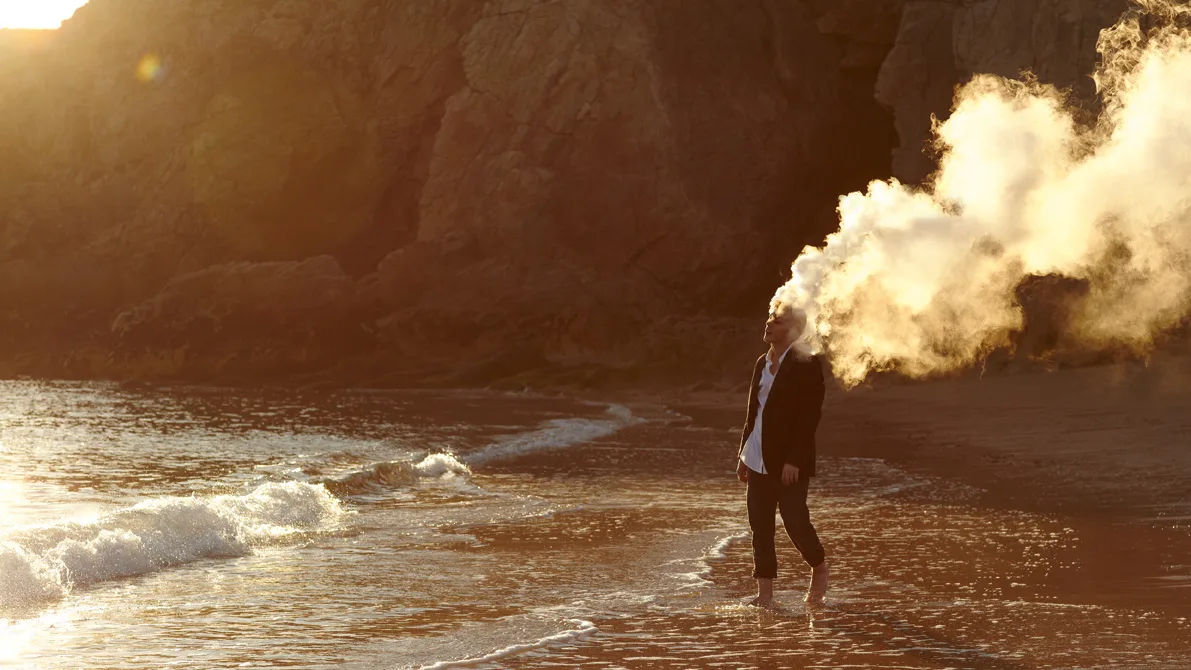
There’s something strange about Romain Laurent’s work. In one moving image a banana peel pirouettes above a man's bald head. In another, a man in a denim shirt stands with his hands on his hips, and instead of where his head should be a helium balloon bobs from a piece of ribbon.
“I like showing a version of reality that has a small twist,” the French director, photographer and cinemagraph-maker says. “Something odd that feels almost normal but not quite.”
As a teenager Romain distinctly remembers watching a Daft Punk music video called Big City Nights in which a man with a giant dog face hobbles on a broken leg around New York City carrying a boombox blasting their hit Da Funk. It was only years later that he discovered it was directed by Spike Jonze .
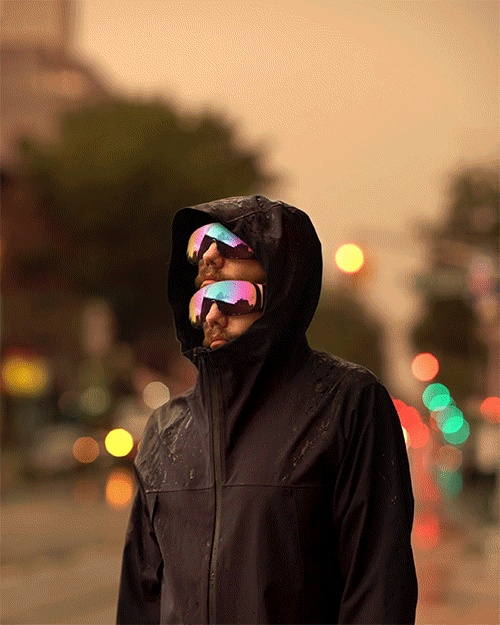

“It blew my mind,” he says. “I had no idea why but I just freaking loved it even though I was weirded out by it. It was so different to me.” The play on reality in Romain’s work has a similar leftfield feel. And just like the Daft Punk video, it is also set against New York City, where he lives. “To me the urban environment brings a infinite number of possibilities when you factor in the architecture, the light, and the people,” he says. “I love discovering an angle, or light bounce on a street corner at a certain time and telling myself, what if I did that idea I had right here, right now?”
In his twenties, Romain discovered the Directors Label series of DVDs exploring the work of notable music video directors. “It was my first exposure to bodies of work I found utterly cool,” he says. He was especially struck by Michel Gondry’s description of his creative process, which Romain turned into his own interpretation to work by. He believes “if you have an idea, nothing really keeps you from doing it but you. So just go ahead and make it.”

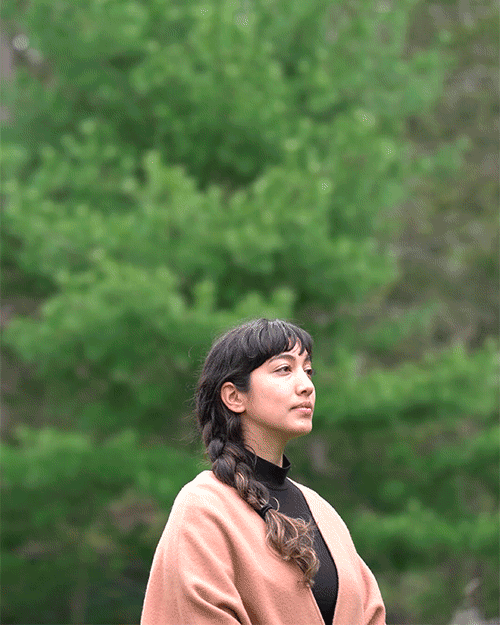
If you have an idea, nothing really keeps you from doing it but you.
It was with this attitude that he first began making cinemagraphs in 2013. He’d seen a few loops online but felt he could push the medium further to be more weird and fun. He gave himself the rule to publish one gif every week, no matter what the idea is, whether good or bad.
The result is a body of half-moving images which exist somewhere between photography and video. They fill a gap for him that neither can. “Being a photographer and a director is a challenge that requires a mental back and forth. An idea, workflow or mindset which works as a photographer can be useless as a director and vice versa, which can be physically and mentally exhausting. Cinemagraphs help me swing back and forth in a smoother, more satisfying way while being cool pieces to create,” he says.

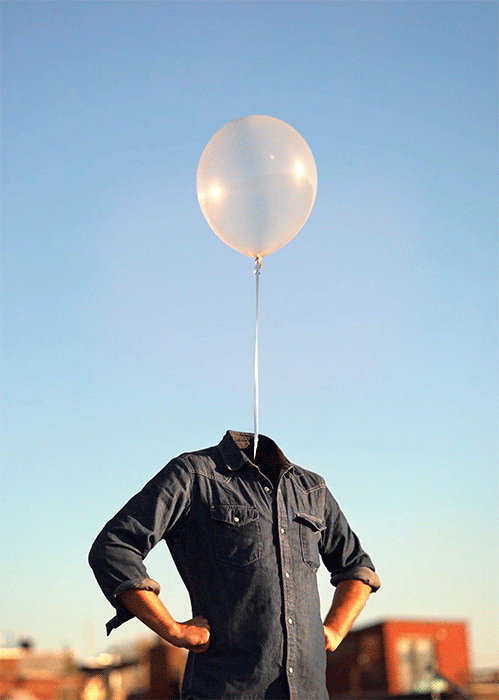
To make them, he films a scene and then in post-production he isolates the part he wants to be static, and masks the part that he wants to keep moving. He tries to shoot the action in-camera as much as possible, even when he combines images, like the man with the bobbing balloon head.
“The most exciting thing for me is to go and get the shot, whatever that may be,” he says. “Finding the right location, the right light, getting the angle, sweating or freezing my butt off, not sleeping, and so much more are all part of the process I truly, profoundly love.”
He made a recent cinemagraph spontaneously during a massive lightning storm, as the sun was setting and breaking through the clouds. “The light was so crazy I had to run out, text my friend pictured in it and go shoot it. It didn’t feel very safe to be out in the open.”

But it’s not only about making something fun, recently Romain’s personal works have attracted clients to commission him. For example, his project L’horizon, in which Romain and his crew went around New York propping an actor aboard a surfboard on top of a stepladder, sparked the idea for a commercial he directed for Citroën. In the ad, the surfer cuts and dips seamlessly around the city.
“It was all practical, with a surfer on a harness and the surfboard on its own set of cables,” he explains. “We had stunt coordinators moving the board up and down to simulate a wave.”
Romain likens his process to riding a giant wave. When an idea strikes he gets a burst of motivation and some kind of tunnel vision. He then dissects the idea and overthinks it. “I either put on an upbeat playlist and feed off the energy of it, occasionally I dance weirdly, or I just put noise-cancelling headphones on. I stay in a bubble for a while, I basically need to hype myself up, convince myself that this is worth making.”

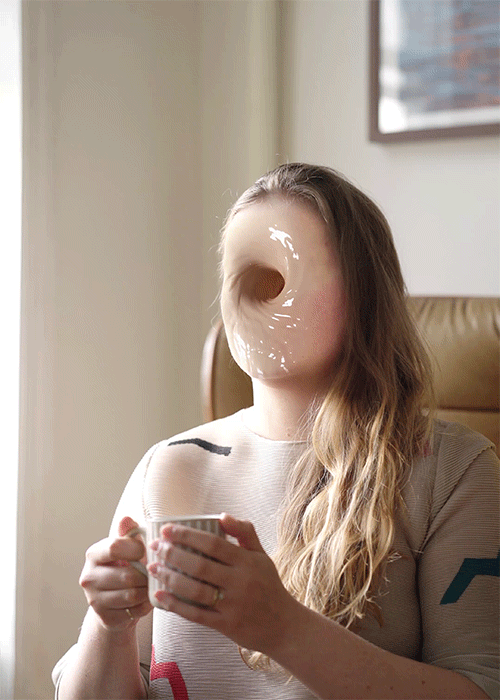
The excitement sustains him throughout production but without fail he experiences a short bout of depression in editing. “I see all the mistakes, I second guess everything,” he says. “Eventually I climb out of that sulking slowly by just moving forward, comping, cutting, tweaking things. Post-production is exciting and seeing the work finalized is very satisfying.”
Then a new idea pops into his head and the ride starts again. He tries not to control the ups and downs, which leaves room for spontaneity and happy accidents. “It usually leads to cool things I wouldn’t have been able to come up with had I been a control freak.”
Words by Alix-Rose Cowie.

